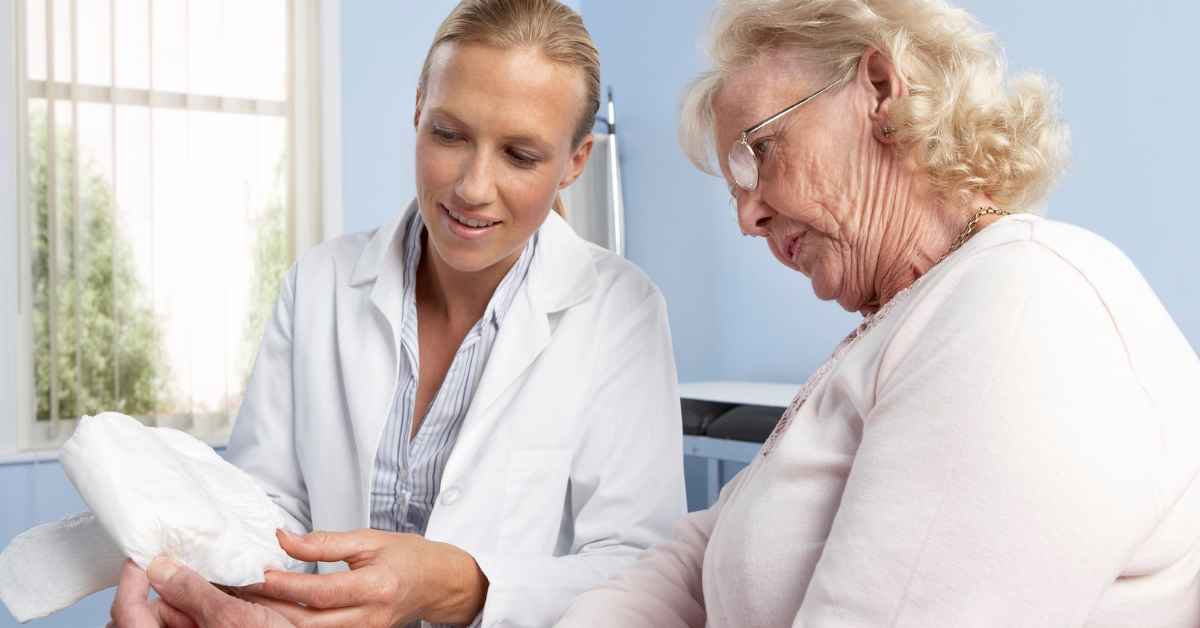Currently Empty: £0.00
The best self-help tips for managing incontinence

Incontinence, or the inability to control the bladder or bowel, can be a temporary or chronic condition and, whether mild or severe, it is unpleasant, uncomfortable, and unwelcome.
And it is a common condition, with somewhere between 5-10% of the UK population suffering from urinary incontinence.
The incidence of incontinence increases with age, and it is more common in women than in men. However, it affects all ages and genders, and it is not a normal part of ageing.
What is incontinence?
There are several different types:
• Urge incontinence – This type of incontinence is characterised by a sudden, strong urge to urinate, followed by the involuntary loss of urine. It is often caused by an overactive bladder or a bladder infection.
• Stress incontinence – This type of incontinence occurs when physical movement or activity (such as coughing, sneezing, or lifting) puts pressure on the bladder and causes urine leakage. It is often caused by weak pelvic floor muscles or damage to the muscles and tissues that support the bladder.
• Overflow incontinence – This type of incontinence is characterized by frequent or constant dribbling of urine. It is often caused by a blockage in the urinary system or a bladder that does not contract properly.
• Functional incontinence – This type of incontinence occurs when a physical limitation (such as arthritis or paralysis) makes it difficult for a person to reach the bathroom in time.
• Mixed incontinence – This type of incontinence is a combination of two or more of the above types of incontinence.
What causes incontinence?
There are many potential causes of incontinence. Some common causes include:
- Urinary tract infections – Infections can irritate the bladder and cause an urgent need to urinate.
- Constipation – Hard stools in the rectum can put pressure on the bladder and cause incontinence.
- Prostate problems – Men with an enlarged prostate may experience incontinence.
- Pregnancy and childbirth – Pregnancy and childbirth can weaken the muscles in the pelvis, leading to incontinence.
- Ageing – As we age, the muscles in the bladder and pelvis can become weaker, leading to incontinence.
- Incontinence can also be caused by underlying health conditions such as:
- Diabetes: Diabetes can damage the nerves in the bladder and cause incontinence.
- Neurological disorders: Conditions such as multiple sclerosis, stroke, and spinal cord injuries can affect the nerves that control the bladder and cause incontinence.
- Bladder problems: Bladder problems such as bladder prolapse, bladder cancer, and interstitial cystitis can cause incontinence.
There are many other potential causes of incontinence as well and it is important to speak with a healthcare provider to determine the specific cause of your incontinence.
The best tips to manage incontinence
Lifestyle changes can be an effective way to manage urinary incontinence.
Some lifestyle changes that may help include:
• Maintaining a healthy weight – Being overweight or obese can put pressure on the bladder and increase the risk of incontinence.
• Drinking enough fluids – Staying hydrated can help prevent urinary tract infections and reduce the need to urinate urgently.
• Avoiding bladder irritants – Certain foods and beverages, such as caffeine, alcohol, and spicy foods, can irritate the bladder and make incontinence worse.
• Pelvic floor muscle exercises – These exercises, also known as Kegel exercises, can help strengthen the muscles that control urination and improve bladder control.
• Scheduled bathroom trips – Going to the bathroom at regular intervals can help train the bladder to empty at specific times, reducing the need to urinate urgently.
• Quit smoking – Smoking can irritate the bladder and make incontinence worse.
• Managing stress – Stress and anxiety can trigger the need to urinate urgently, so finding ways to manage stress, such as through yoga, meditation, or therapy, may help.
What are the best practical aids to help with incontinence?
There are several practical aids that can help people with incontinence manage their condition, including:
• Absorbent products – These include pads, panty liners, and adult diapers that can be worn to absorb urine and prevent leaks.
• Protective underwear – These are special undergarments that are designed to absorb urine and prevent leaks. They often have a waterproof outer layer and absorbent inner layer.
• Urinal bottles – These are small, portable bottles that can be used to urinate in when a bathroom is not readily available.
• Toilet seat risers – These are devices that can be attached to a toilet seat to raise it, making it easier for people with mobility issues to use the toilet.
• Hand-held urinals – These are small, portable devices that can be used by men to urinate in when a toilet is not readily available.
• External catheters – These are devices that can be worn by men to collect urine in a bag that is worn outside the body.
It is important to note that the most appropriate aid will depend on the specific needs of the individual and the type of incontinence they are experiencing. It is important to consult with a healthcare professional for advice on the best course of treatment.

